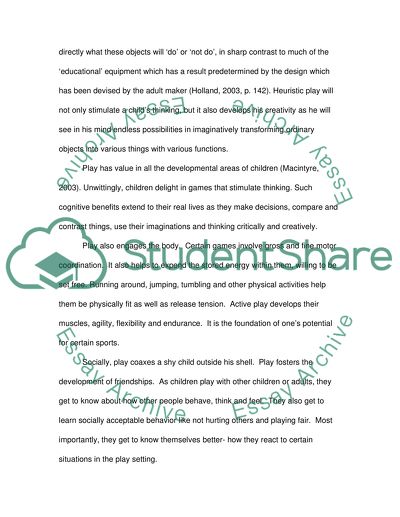Cite this document
(“The role of play in the curriculm for young children with special Term Paper”, n.d.)
Retrieved from https://studentshare.org/environmental-studies/1414213-the-role-of-play-in-the-curriculm-for-young
Retrieved from https://studentshare.org/environmental-studies/1414213-the-role-of-play-in-the-curriculm-for-young
(The Role of Play in the Curriculm for Young Children With Special Term Paper)
https://studentshare.org/environmental-studies/1414213-the-role-of-play-in-the-curriculm-for-young.
https://studentshare.org/environmental-studies/1414213-the-role-of-play-in-the-curriculm-for-young.
“The Role of Play in the Curriculm for Young Children With Special Term Paper”, n.d. https://studentshare.org/environmental-studies/1414213-the-role-of-play-in-the-curriculm-for-young.


